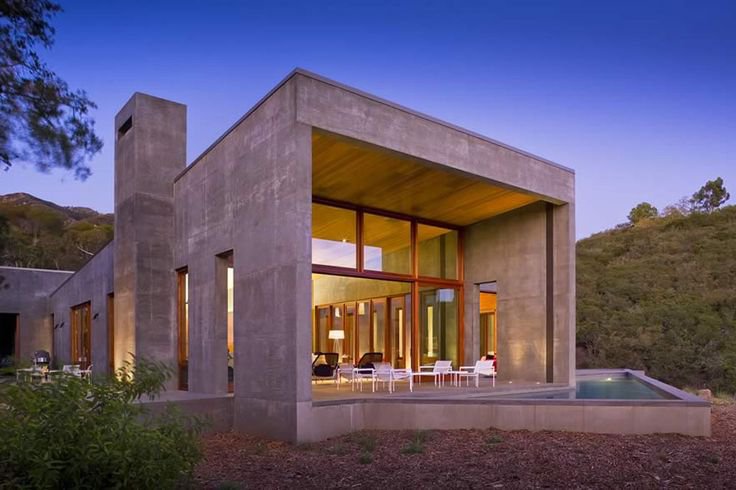Mars Architectural Designs | Bring Your Own Solution
The Challenge | Bring Your Own Solution
Follow your brain and your heart, and present a solution ofyour own choosing!
Rammed Earth Housing on Mars
In this project, we make the case that an Ancient-Chinese method is a cost-effective, strong, and environmentally friendly way to build houses on Mars.

Sometimes one must look back into the past to go forward into the future.
Problem: Create a strong, beautiful, environmentally friendly and cost-effective house on Mars.
Solution: Harness the wisdom and strategies from rammed earth purveyors.
Pros of Rammed Earth Housing:
- Generates little waste
- Mars soil, when compacted, can be as strong as steel-reinforced concrete (Direct Formation of Structural Components Using Concrete – Brian Chow, et al)
- Super strong on Mars (1/3rd the Gravity of Earth).
- Walls are great insulators, thus lowering heat-generation needs (ANALYSIS OF INDOOR PERFORMANCE OF HOUSES USING RAMMED EARTH WALLS - Veronica Soebarto)
- Can survive for thousands of years if need be (see: “Small Wild Goose Pagoda”)
Cons of Rammed Earth Housing:
- Solutions in regards to insulating the occupants from carbon dioxide need to be addressed.
Abstract: Sand. Clay. Gravel. Cement. Tough competitors for the most boring four words in the English language, yet materials which could become the future of Martian housing.
Current plans for Martian housing range from ice-build houses to brick-style houses. While they all seem to harness in-situ (i.e. on-planet) resources, they all involve flying over complicated equipment such as 3d printers. What if the only things you had to bring to Mars was an earth-smashing device, with some carbon-dioxide-blocking solutions to build a house that’s eco friendly and strong?
This approach worked well on earth for thousands of years, minus having to deal with the carbon-dioxide problem of course. The Chinese used it to create the “Small Wild Goose Pagoda” and parts of the Great Wall circa the 8th century, while the Spanish used it between the 16th and 18th century to construct some of their churches.
The approach? Rammed earth construction. Houses created via rammed earth approaches look like any other one of your houses. In fact, the house that you see on the cover of this project? Minus the windows, it was entirely made through rammed earth procedures. All it involved was some sand, clay, gravel, a bit of cement.
Really, that was it. Sand, clay, gravel and a bit of cement. Bring your own tamper and something to frame the mixture in, and in no time you’ve created a wall that’s stronger than steel-reinforced concrete (Direct Formation of Structural Components Using Concrete – Brian Chow, et al). The rammed-earth construction process can be summarized in this picture: http://www.sabmagazine.com/blog/wp-content/gallery/sabhomes-6-rammed-earth-constructions/ram06.jpg
The best part is, these materials can be found or easily created on Mars. Sand is as plentiful on Mars as American flags are in Texas. Curiosity drilled up some clay while on one of it’s expeditions back in 2013. Gravel can be easily made from the plethora of sandstone rocks found on the planet. Sulfur concrete, which is twice as strong as it’s earth counterpart, can be made according to research from Northwestern University. Bring a tamper, some framing materials, and you’ll have a Martian house in no time.
The main weakness of rammed earth housing: Their inherent inability to keep out carbon dioxide. Anything that plans to harness in-situ Martian resources will invariable run into this problem based on my current reading of the literature. Therefore, if we can tackle the “keeping carbon dioxide out” problem, the prospect of only having to transport an additional few tampers and some framing materials seems quite inviting.
What We've Tested:
So far we haven't run any proof of concepts on our end as we didn't have the materials on hand. However, after analyzing from first principles, it struck us that this could be a great solution to the housing problem: Hence we figured we should at least submit a writeup.
Next Steps:
To test the feasibility of this technology, I propose hiring a rammed-earth construction firm to create a prototype house using: Materials found on Mars and tools that can easily be flown from earth. If this ends up being a cheaper option that other offers on the table, I think the results would encourage to continue developing this technology as a possible Martian housing solution.
Team members:
Colin Warn: Part-time music producer, part-time computer programmer, pursuing an undergraduate degree in mechanical engineering with the end goal of pushing the bleeding edge of interstellar propulsion.
Michael Patrick: Geographic engineer, jack of all trades.
SpaceApps is a NASA incubator innovation program.